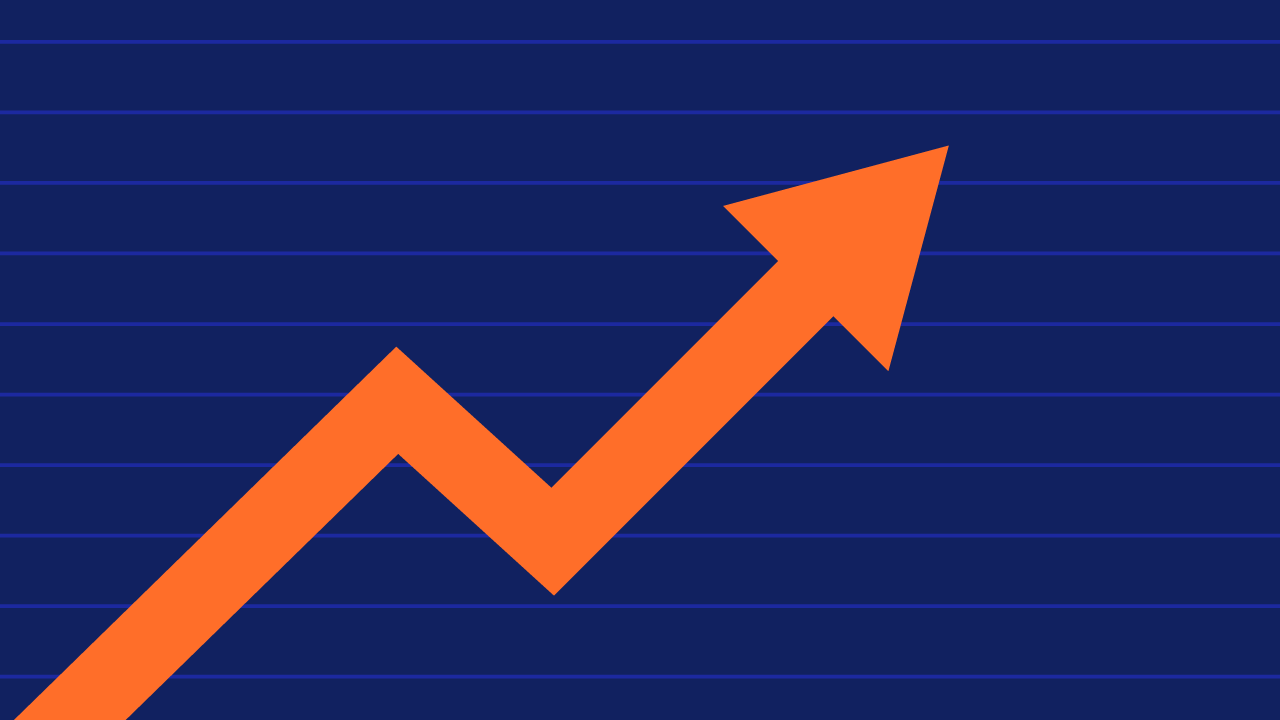For most PR and communications teams, social media is an essential part of their strategy. In our 2023 Global Comms Report, strategic communicators consistently ranked their social media platforms in the top three channels for influencing behavior. But in order for PR and comms professionals to create effective campaigns that can be tied back to meaningful metrics and concrete business results, they need social media analytics.
What Is Social Media Analytics?
Social media analytics is the process of analyzing information gathered from your social media channels and using it to optimize your campaigns and inform your business strategy. It involves choosing your key performance indicators (KPIs) and reporting on them over time.
Social media analytics is closely related to social media monitoring, which is the process of tracking and gathering the data from your social channels and social media campaigns. You can typically use a single platform to carry out both of these processes and much more, but here we’ll focus on the definition of social media analytics in particular.
Why Do You Need Social Media Analytics?
Data is the foundation of PR and comms strategies, and with the right tools, social media data becomes even more powerful. There are plenty of social media analytics use cases that show just how valuable this data can be.
Tailor Your Content
Social media analytics lets you track which types of content resonate best with your target audience. It tells you what’s working – and what isn’t – with specific demographics. It can even give you information on your audience’s preferences and behavior. You can leverage that data to better tailor the topics of your social media content, when you schedule posts, and how you promote them, to boost engagement and increase ROI.
Respond to Trends
Anything can happen in the fast-paced, ever-changing landscape of social media. PR and comms professionals need to be able to quickly respond to comments, posts, emerging hashtags, feedback and overall trends – especially negative ones. Social media data analysis underpins your ability to monitor brand health across social networks, fine-tune your messaging, and manage crises before they go viral.
Improve Your Products or Services
Improving your products or services is one of the biggest benefits of social media analytics – and one that often flies under the radar. You can analyze customers’ responses to your posts, what they’re posting themselves, and reviews on social media sites to get a clearer picture of how your products are being received. That analysis can provide insights to help you improve your existing products or services and create new ones that consumers will value.
Understand Your Competitors
Social media data analysis doesn’t just apply to your own brand. You can use the same tools to analyze your competitors’ social media activities – not only what they post, but how customers respond. Both negative and positive customer reactions, for example to a new competitor product, can help you improve your own strategy or even uncover a new market you could target.
Optimize Your Results
While PR and comms professionals often focus on managing brand reputation and brand awareness, connecting those efforts back to business priorities is the ultimate goal. Social media analytics can provide detailed insights, reporting, and attribution metrics that you can take to the C-suite with confidence.
Social Media Analytics KPIs and Metrics
To track the success of your campaigns, you’ll need to choose social media analytics metrics, which can be quantitative (like shares and impressions) or qualitative (like sentiment).
Follower count is your total number of followers on each platform. It indicates your popularity – and your goal is typically always to increase it.
Audience growth rate tracks the number of new followers as a percentage of your total audience. It gives you a better view of your success as you grow: Where 100 new followers a month might be incredible for a smaller brand, it isn’t a great growth rate for a brand with millions of followers.
Impressions is the total number of times anyone has viewed your content. It includes original posts, shares, and multiple views by the same person.
Reach is the number of unique viewers who have seen your content. Unlike impressions, it only counts each user once.
Engagement includes every interaction someone has with your account. It includes:
Reactions: The easiest type of engagement, when a user hits the “like” or similar button.
Comments: A deeper level of engagement because users are taking the time to share their thoughts.
Shares: When someone reposts your content, either with an opinion or without.
Mentions: When someone mentions your brand or one of your products, in an original post, comment or hashtag.
Average engagement rate is the percentage of users that interact with your content relative to your total number of followers. A highly engaged audience is often preferable to having many followers but a low engagement rate, as engaged users are more likely to take action on your posts.
Share of voice adds up all of your brand mentions and compares them against your competitors. The more mentions you have on social media versus competitors, the higher your share of voice will be.
To connect your campaigns back to business priorities, you’ll also want to track social media analytics KPIs (key performance indicators). This is what determines your impact on the bottom line.
Click-through rate (CTR) is the percentage of users who actually click on your post relative to the total number who see it.
Conversion rate is the percentage of users who take the action you want them to after clicking on your post. So, if 10,000 people click your Facebook post, and 100 of them make a purchase – or sign up for a newsletter, download your infographic, and so on – your conversion rate is 1 percent.
Social media ROI is the revenue earned by your campaigns compared to how much they cost.
Features of the Best Social Media Data Analytics Tools
Measuring, evaluating, and reporting on data is the heart of social media analytics. For any social media communications program to be successful, you’ll need the right tools with the following features:
Social listening is how you monitor your channels, your competitors’ channels, and influencer marketing campaigns for mentions of your brand. It’s one of the most common examples of social media analytics.
Sentiment analysis goes beyond social listening to reveal the emotion and nuances behind your brand mentions. It gives you a deeper understanding of your audience.
Clustering analysis helps you discover new and unexpected insights by making associations between words that users often mention together.
Segmentation is the ability to identify and group your customers by certain characteristics. Segmenting your data helps you target your social media strategies.
Artificial intelligence (AI) has many uses in social media analytics, but the underlying idea is to identify relationships and insights from unstructured data, which isn’t stored in a structured format. Much of the information on the internet, including social media, is unstructured, so AI plays an essential role.
Integrations with your existing tools as well as the ability to pull in data from other areas of your business, like sales or operations, help you with attribution and reporting.
Intuitive dashboards help you make sense of it all. They should be highly customizable, yet also provide a social media analytics template you can follow to ensure your reporting is consistent and detailed.
Getting Started With Social Media Analytics
In today’s dynamic digital world, social media analytics can help you optimize your strategies and prove your impact on your organization’s bottom line. Download our e-book, The Art of Social PR to better understand how social data can enhance your PR strategy, or speak to a Cision expert to learn how we can help.








